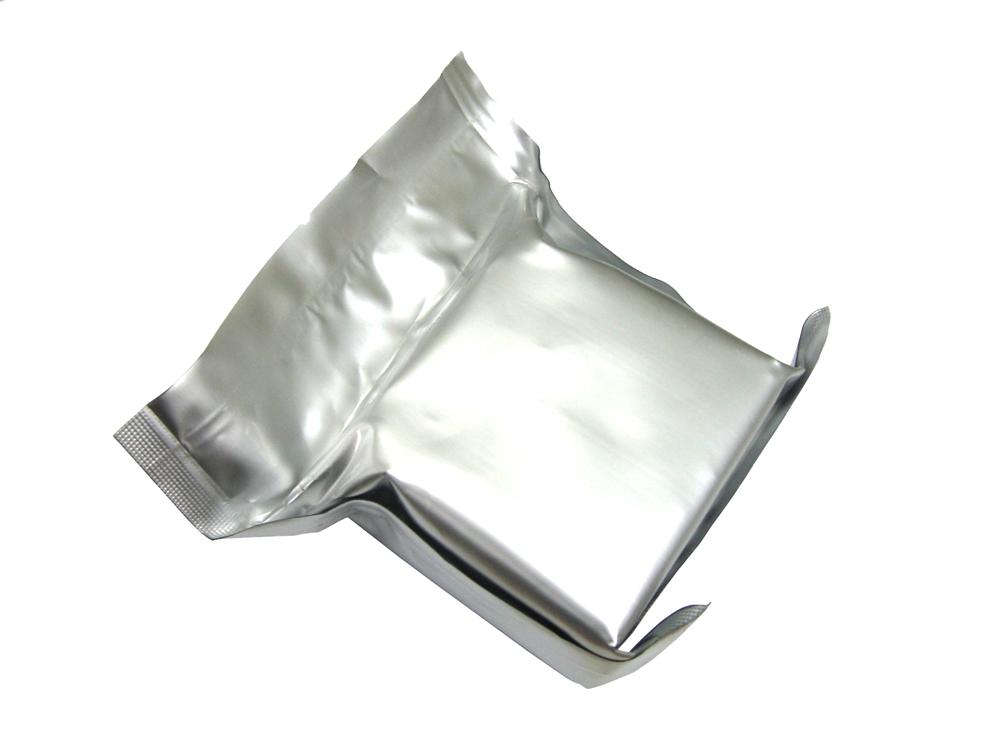MTI | SKU:
Lib-PVDF
PVDF Binder for Li-ion Battery Electrodes 80g/bag - Lib-PVDF
€135,22
Unit price
/
Unavailable
Couldn't load pickup availability
Delivery and Shipping to EU
Delivery and Shipping to EU
We will add in the quotation, the shipping, insurance, customs clearance costs.
PVDF Binder for Li-ion Battery Electrodes 80g/bag - Lib-PVDF
MTI
PVDF (Polyvinylidene fluoride ) binder is for mixing together with cathode or anode powder to prepare Li-ion battery
electrode 80g/bag, vacuum sealed in the plastic bag
electrode 80g/bag, vacuum sealed in the plastic bag
SPECIFICATIONS:
Technical Parameter |
Unit |
Index |
Testing |
Shape |
/ |
White Powder |
/ |
Purity |
% |
?99.5 |
PVDF |
standard specific gravity |
/ |
1.74~1.77 |
ASTM D 792
@23/ 23
|
Dielectric constant |
100MHz 100Hz |
4.50~5.50 8.00~9.50 |
ASTM D150 |
Melting Point |
160-168 |
ASTM D 3418 |
|
Melting Index |
g/10min |
1-2 |
/ |
Solubility |
/ |
Transparent and dissolvable |
301hr
1g/10ml NMP
|
Rotation Viscosity |
mPa·S |
?2000 |
1g/10ml NMP 30
|
Intrinsic Viscosity |
dL/g |
1.0-2.0 |
DMA 30 |
Moisture |
% |
? 0.1 |
Karl Fischer |
| Molecular Weight | / | 600,000 | ASTM D 5296-05 |
Application Notes: Please click to see Step by Step Recipe for Preparing Anode & Cathode Electrode Slurry
Note:
PVDF resins have good thermostability at the temperature below 310. However, it will decompose into the toxic
hydrogen fluoride and fluorocarbon if it is idle for a long time at the temperature between 310 320. It is not suggested
to use PVDF resin at temperature higher than 370 because this will accelerate the decomposition velocity in such
an environment. Besides, please keep in mind that PVDF resin will release toxic hydrogen fluoride and fluorocarbon when it burns.
hydrogen fluoride and fluorocarbon if it is idle for a long time at the temperature between 310 320. It is not suggested
to use PVDF resin at temperature higher than 370 because this will accelerate the decomposition velocity in such
an environment. Besides, please keep in mind that PVDF resin will release toxic hydrogen fluoride and fluorocarbon when it burns.



